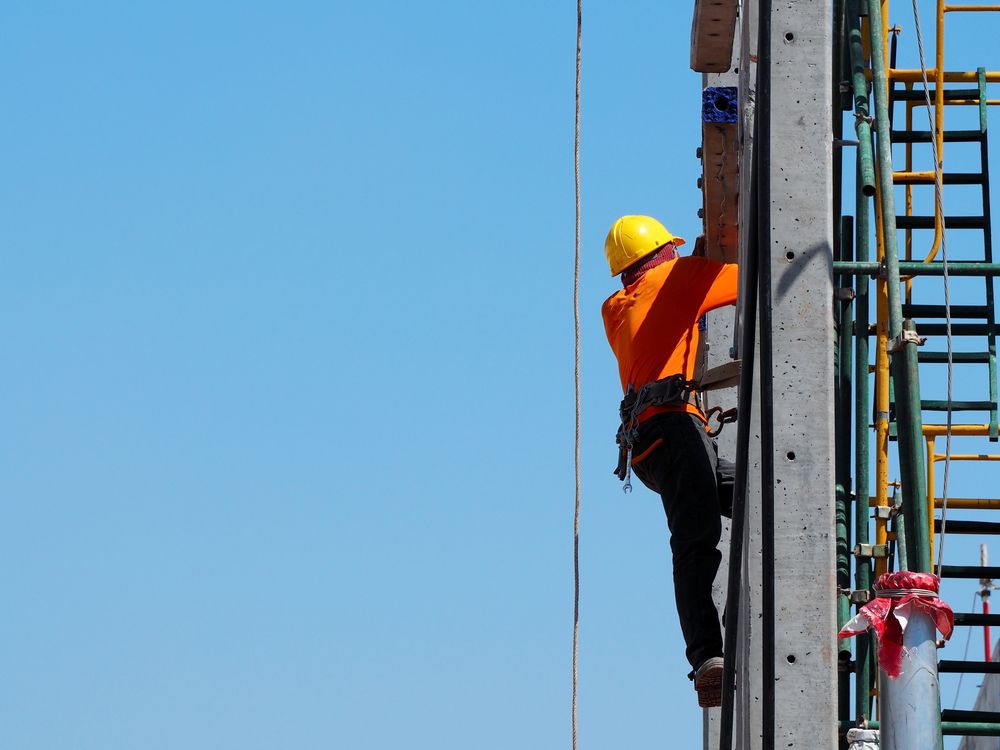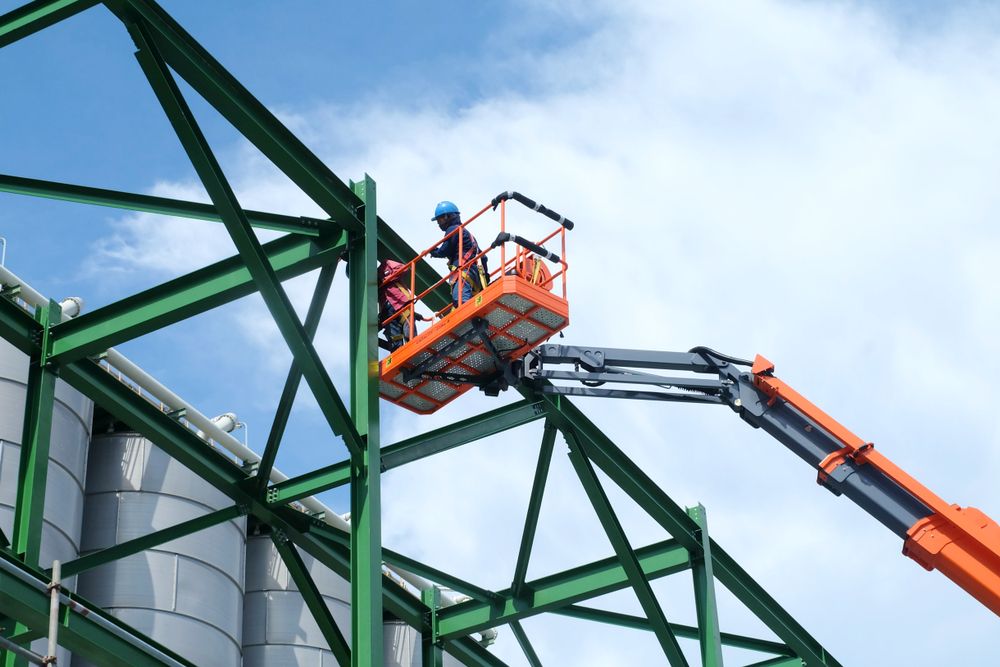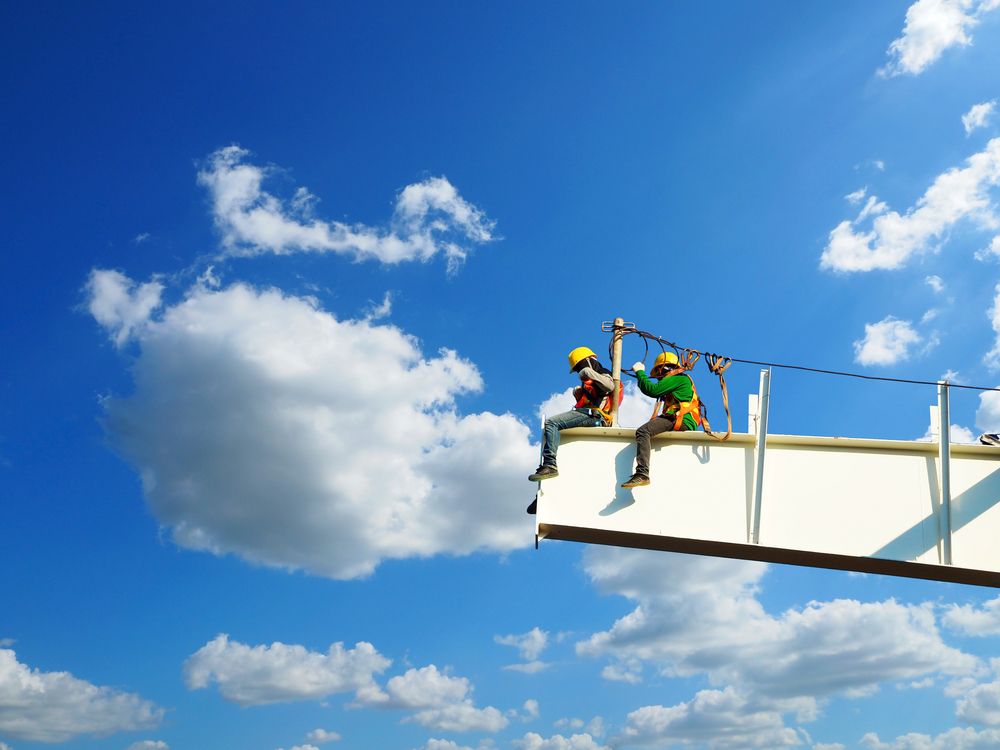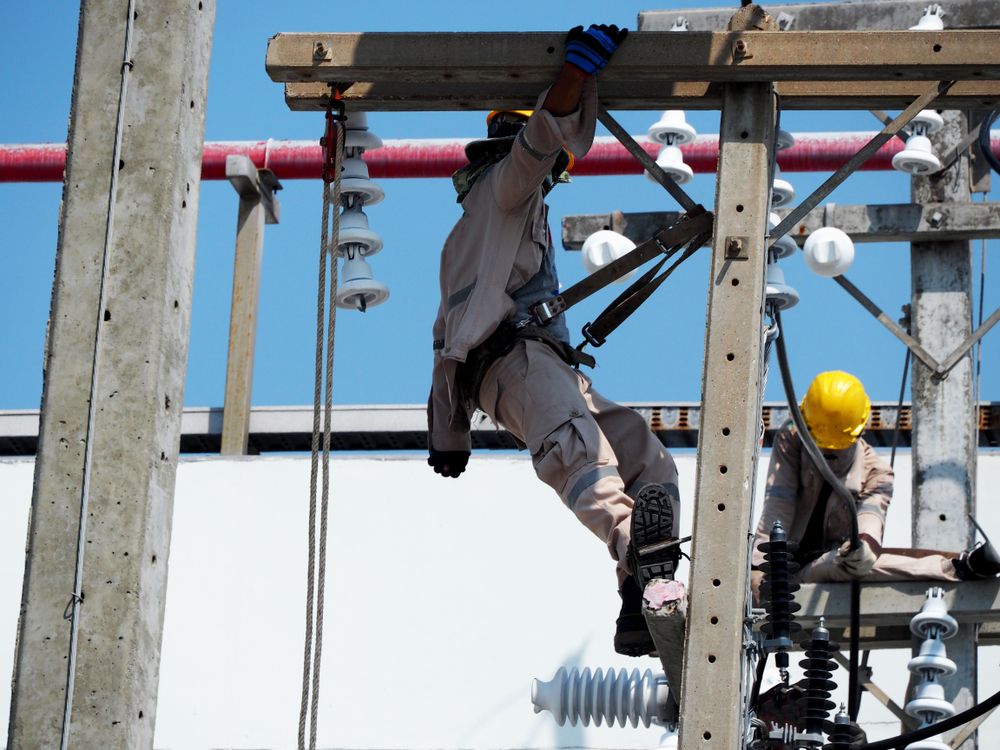
6 Tips for Working at Heights Training – Make 2020 Your Year of Workplace Safety

Over the years, workplace falls have been responsible for a significant number of accidents.
Working at heights mishaps & incidents have resulted in fatalities and significant injuries to the workers involved. This can be very costly to the business in terms of the bottom-line, employee morale and company reputation.
Recently, training standards have been proven to reduce the number of injuries and this improvement trend should continue into the year 2020.
Here are here are 6 important tips to plan for the 2020 Working at Heights Training requirements.
Know the Training Requirements for Working at Heights
Working at heights training starts by understanding the target workforce and basic requirements.
Employers must provide training for employees who work at any job site where the work activity takes place at a height of four feet or more. This is minimal four feet level can result in an injury and workers must be trained in the use fall protection equipment.
This category of protective equipment and related training includes:
- worker restraint rails
- fall protection mechanisms
- fall safety controls systems, to include various net, and or work belt restraints
It is important that workers complete a training program in Safely Working at Heights to fully understand the risks and the safety benefits of protection equipment.
Communicate Safety Policy and Requirements

Everyone at the job site must be aware of the working at heights risk factors and the training requirements.
Safety policy and training requirements must be communicated, starting with hire date and reinforced regularly.
This level of communication is to ensure every person on the job site knows the responsibilities related to working at heights. Documentation procedures include initial and refresher training records and communication includes schedule reminders for refresher training sessions.
Promote a culture of workplace safety at every opportunity.
Get the Working at Heights Training Experts
The importance of working at height safety training requires significant domain expertise and must be delivered by certified individuals who specialize in working at heights training.
Federal, provincial and/or local laws and guidelines may dictate that you have certified training and training completion documentation.
Regardless of specific legal requirements, this is not casual, on-the job instruction. The risks involved require, and often mandate, that professional training be completed.
Training Starts with Working at Heights Risk Assessment

Workers must be trained to perform a basic assessment to identify all work at height-related activities at the job site.
The first step is – when possible – to avoid any heights that are not necessary or pose a significant safety risk. Of course in many instances that may not be possible.
Given the nature of your workplace – such as construction, warehouses, contractors and more – working at heights could be an inherent part of your circumstances. Working at heights also brings an inherent risk.
A major risk concern is for falling objects that may injure anyone on site.
Before starting any task that involves working at heights, the employee should locate and review the necessary written safety procedures and be well trained to implement them.
Working at Heights Training Continues with Risk Mitigation
 The next major focus category for work at height safety training is the specific implementation of fall prevention, to include workers, tools and materials.
The next major focus category for work at height safety training is the specific implementation of fall prevention, to include workers, tools and materials.
This where it is essential that workers are trained in the use of fall protection equipment.
This category of equipment and related training includes:
- fall restricting systems
- travel restraint systems
- fall rest systems, such as a safety net, work belt or other types safety belts
In addition to safety equipment, working at height risk mitigation includes an understanding of warning methods and physical barriers along with a comprehensive training on ladder safety.
Working at Heights Training Is an Ongoing Process of Safety Awareness & Safety Leadership
A quality training program for people working at heights helps promote a culture of workplace safety.
Communicate at every opportunity the need for workers to follow through on training protocols every day. Communicate the importance of safety and the need to apply the valuable training workers have completed as they begin any activity at height.
Working together with safety in mind, everyone on the job site can help reduce the number of working at height injuries for the year 2020 and beyond.
Talk to us today about safety training programs for working at heights for your organization.


